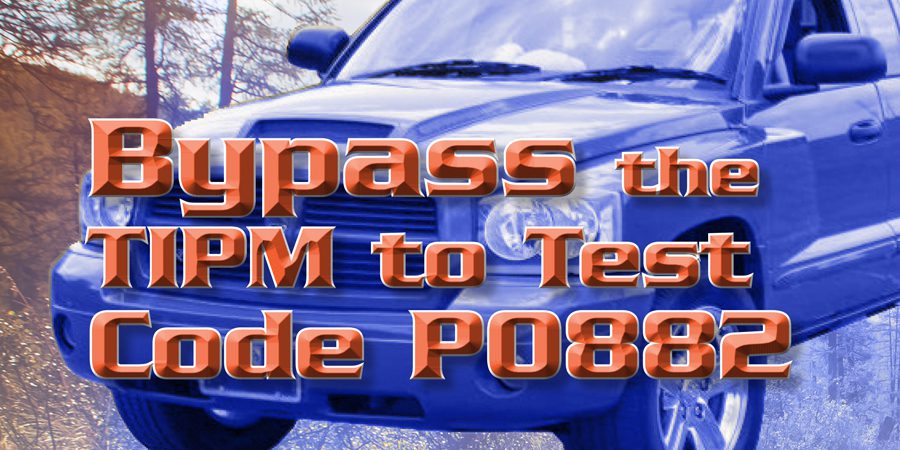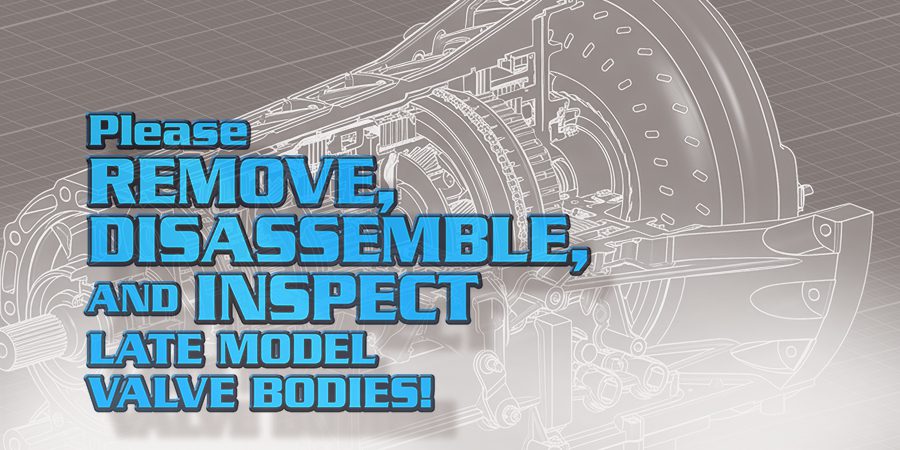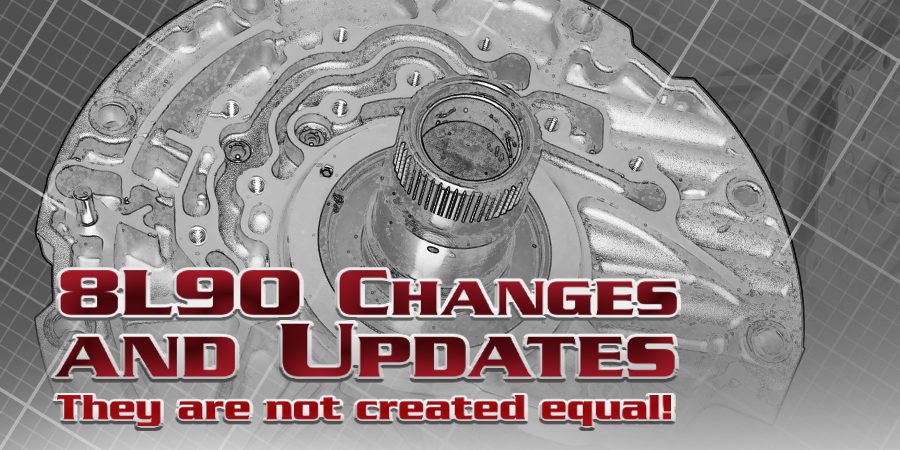A late model vehicle comes into your shop. The engine is running sub par, but it’s hard to determine how bad because the transmission is slipping severely and the fluid is black. You check and record any codes from the engine and transmission computers. You even perform a battery and charging system check. Nothing jumps out at you.
This is where diagnosis begins. Unfortunately, the engineers that developed these fine machines never intended for them to last too far beyond the warranty, so providing high mileage programming algorithms that would allow the computer systems to adapt infinitely wasn’t high on their to-do list.
Of course, that’s when the car comes to your shop. Now it’s up to you to decipher what “good” is supposed to look like, mechanically, electrically, and hydraulically. This is the only way you can figure out what is wrong, and it starts with monitoring sensors.
First, let’s look at some sensors that come into play on the transmission side.
TRANSMISSION FLUID TEMPERATURE (TFT) SENSOR
This sensor is normally found somewhere in the transmission sump, where it can measure the average temperature of the fluid. The sump is a stable area to measure temperature because fluid in the pan is at rest.
The TFT sensor is normally a thermistor (a resistor that changes value with respect to temperature). Most thermistors are negative temperature coefficient (NTC) which means the higher the temperature, the lower the resistance (figure 1). The graph shows typical temperature-to-resistance relationship.
The TCM depends on this sensor for accurate temperature readings so it can select the correct shift scheduling and bring the vehicle to operating temperature as quickly as possible. And it uses that temperature signal to adjust the shift strategy in case the transmission overheats.
If the TFT fails at low temperature, it can cause extremely late shifts and may inhibit higher gears or lockup.
When the TFT fails at high temperature, it can cause stacked shifts, harsh shifts, and immediate lockup apply.
There may not be any codes associated with an incorrect TFT sensor reading. Verify the sensor reading by comparing your scan tool PID to the reading from an infrared thermal gun. You can perform a quick check by using a fixed value resistor in place of the TFT sensor outside the transmission (figure 2).
A short to ground (extremely high temperature) or an open circuit (extremely low temperature) anywhere between the sensor and the computer can cause an incorrect temperature reading.
SPEED SENSORS
Speed sensors take on different tasks in different transmissions. Some give input and output speed signals that are shared with other modules, while others monitor geartrain speed for shift timing and ratio calculations.
There are generally two different types of sensors used: permanent magnet and Hall Effect. A permanent magnet sensor will generate an AC signal that will increase in magnitude and frequency as RPM increases (Figure 3 & 4).
 A Hall Effect sensor requires a voltage source to operate and will generate a digital signal that maintains its magnitude, but increases frequency with RPM (figure 5). While most Hall Effect sensors are three-wired, some are two-wired and can be mistaken for a permanent magnet type during a visual inspection.
A Hall Effect sensor requires a voltage source to operate and will generate a digital signal that maintains its magnitude, but increases frequency with RPM (figure 5). While most Hall Effect sensors are three-wired, some are two-wired and can be mistaken for a permanent magnet type during a visual inspection.
Verifying good speed sensor signals can be tricky. Using a scan tool in graph mode provides a good sample of the stability of the signal, but the values are averaged, so it’s easy to miss glitches or lowsignal output. The best way to check these sensors is a graphing voltmeter or scope. Monitoring the signal right at the control module lets you see what the module sees.
Speed sensor failures usually cause no shifts or failsafe operation. Sometimes codes are present, but not always. Intermittent signal dropout or noise are common failures, and usually you’ll only be able to detect them with a graphing voltmeter or scope monitoring the circuit directly.
There are other sensors in the transmission that can cause driveability issues; we won’t be covering them in this article because they usually set trouble codes.
Of course our story doesn’t end here. Now we’ll look at the engine sensors that can fail without setting codes.
 MASS AIRFLOW (MAF) SENSOR
MASS AIRFLOW (MAF) SENSOR
This may be the most overlooked sensor in the vehicle. It provides an engine load signal to the powertrain control module.
For the transmission, the MAF sensor can be thought of as a vacuum modulator, but instead of using a vacuum signal to act directly on a valve inside the transmission, it uses a device to measure how much air is being used by the engine. The signal produced is used to raise or lower transmission line pressure, usually through a pressure control solenoid or a combination of modulated clutch apply solenoids.
Some manufacturers use the MAF sensor in conjunction with others to display a calculated engine load percentage and torque signal parameters. Here are some shift problems that may be caused by a failing MAP sensor without setting any codes:
- Soft, slip, or flare shifts. Usually the commands to the pressure control solenoid will be low relative to the actual demand.
- Harsh downshifts. You’ll normally see pressures higher than expected at idle or low load conditions. This could also indicate issues with air leaks past the MAF or a restricted exhaust. Create an exhaust leak by removing an upstream oxygen sensor and test drive to see if the shift quality improves.
- Firm to harsh shifts and engagements. Again, elevated line pressure commands will be an indicator.
- Erratic shift quality complaints
Here’s the important part: Much of the transmission shift scheduling is calculated from input provided by the MAF sensor. Often this sensor won’t fail completely; it’ll just start to operate poorly and won’t trigger a trouble code.
To test the performance of a MAF sensor, monitor and record the sensor signal response during a wide open throttle 1-2 or 2-3 shift. This will place the engine in its most efficient range and will force the MAF to a maximum reading (Figure 6). At this point you can analyze the maximum reading and compare it to the expected reading using a volumetric efficiency chart. These charts are easy to find on line (Figure 7).
Another way to test this sensor is to use factory procedures to obtain specific values under specific operating conditions. This information is available through Alldata, Mitchell, and ShopKey, just to name a few resources. Some scan tools have test procedures programmed into their troubleshooter software under engine scan functions and special functions. They usually provide good values.
MANIFOLD ABSOLUTE PRESSURE (MAP) SENSOR
This is a load sensor like the MAF sensor. It measures engine load based on manifold vacuum to produce a voltage signal, which represents how hard the engine is working.
This sensor acts more like a vacuum modulator. Under low load (high vacuum), such as idle or cruise, the sensor will read a low voltage. A high load (low vacuum) will produce a high voltage signal. The voltage range is similar to a throttle position sensor: from about 0.5 to 4.5 volts.
If this sensor isn’t functioning correctly, it can cause all the same shift issues as the MAF sensor. Because of the way this sensor produces its signal, it’s more susceptible to vehicle wear and aging. The vacuum signal can also become compromised by debris at the vacuum port. If there’s a hose leading to the sensor, it can crack and leak or become restricted.
Finally, if the engine is too worn, such as worn piston rings, worn valve seats, poor timing, etc., it may not be able to produce a low load signal. Chrysler and Jeeps with 4- and 6-cylinder engines are notorious for this when they have high mileage.
Testing this sensor for proper operation is easy with a handheld vacuum pump. With the key on, engine off, and the vacuum pump hose connected to the sensor, check the sensor sweep by monitoring the scan tool PID, then slowly adding vacuum, from 0 to 20 in-Hg.
Next, use a vacuum tee with a gauge to monitor the vacuum from the engine manifold to the sensor. With the engine running, you can perform a stall test and observe the sensor signal response relative to the vacuum observed on the gauge.
Other sensors that are worthy of mention are the BARO sensor, TPS, and turbo pressure sensors. Faulty readings in these sensors can cause shift scheduling and shift quality issues. With your scan tool and information on good values you should be able to find a problem sensor reading that’s the source of all of your issues.
Finally, if there are any codes in any modules, correct them and check to see if that solves your problems. More and more, issues with other modules are creating driveability and shift problems.
So, if you are sensing problems, check your sensors. You may be surprised what may actually be causing your problem.
















